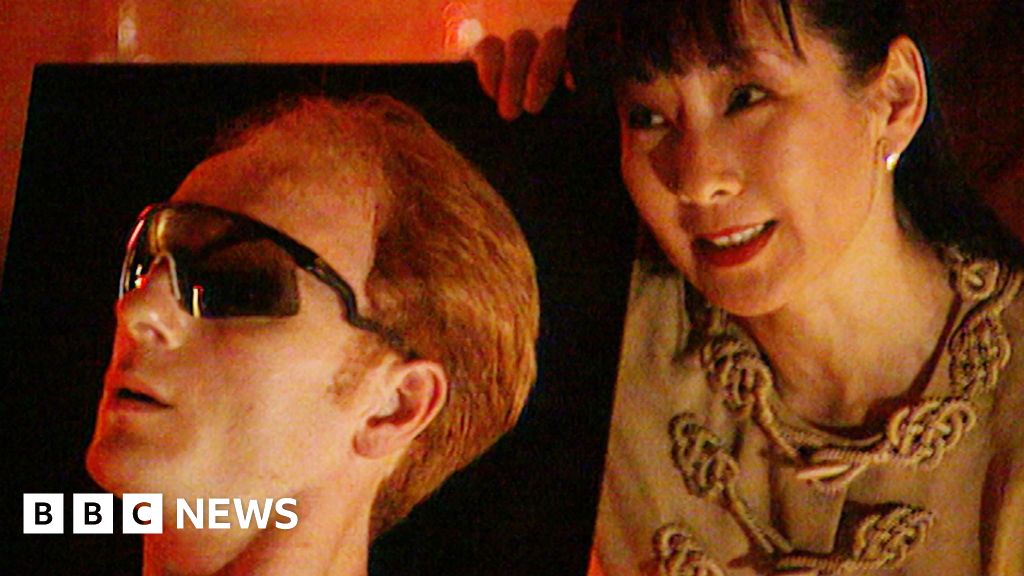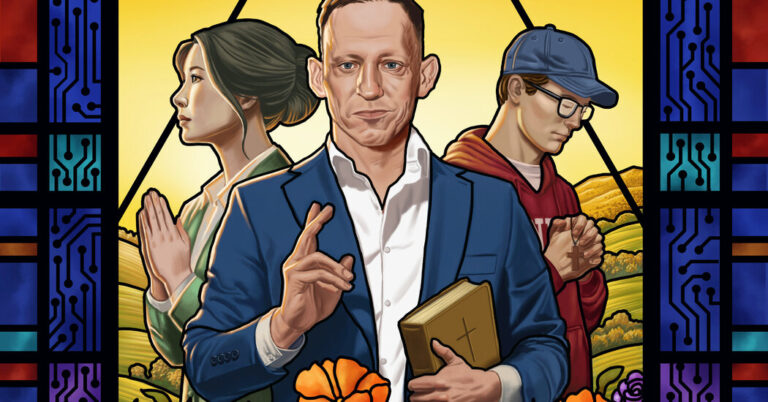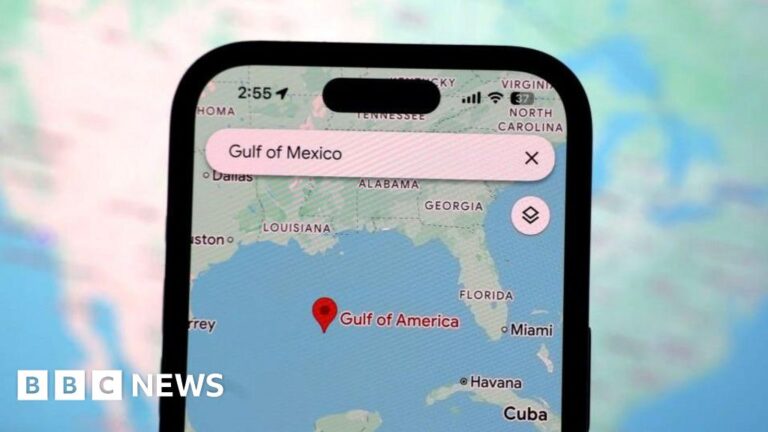Here is the plain text result:
In 1995, the BBC’s Tomorrow’s World programme decided to predict what the world would look like 30 years later, in 2025.
The show featured one of the most famous scientists of the age, Prof Stephen Hawking, who predicted: “By 2025 we can expect big changes.”
The programme team agreed, suggesting a raft of world-shaking innovations from hologram surgery to space junk gel.
So, with the help of some experts – and the benefit of three decades of hindsight – let’s take a look at how much of today’s world that Tomorrow’s World successfully anticipated.
The programme predicted there would be riots after financial markets “succumb to viral terrorism”. In 1995, the world wide web was really taking off – a development Tomorrow’s World thought would bring future trouble.
They predicted “business barons” and banks would take control of the internet by 2000, establishing a “supernet” which they restricted access to.
That, in turn, would prompt hacks, viruses and even riots.
One thing the programme didn’t predict was the role of nation state hackers like North Korea, expertly told in the BBC’s Lazarus Heist podcast.
Cybersecurity is hugely important for governments and companies, and people who are suspicious of banks have championed cryptocurrencies like Bitcoin.
The programme also predicted the rise of asteroid mining, and the death of an astronaut from space junk.
Reflecting on it now, gardeners’ World star Monty Don, one of the presenters on that Tomorrow’s World programme, said his part of the programme was “utopian” and “naive”.
Looking towards the next 30 years, he is pleased the current generation of young people are “much more sensitive to climate change” and thinks people will be growing more of their own food by 2055.
Vivienne Parry, another presenter on the prediction show, highlighted that some of the predictions from the 1995 Tomorrow’s World about genomic sequencing have come true, as she works on a research study to help diagnose and treat genetic conditions.
So what could the world look like in 2055?
Futurist Tracey Follows thought the 1995 programme got a lot of big ideas right, but missed two of the biggest themes of the last 30 years – the spread of big tech and social media.
By 2055, she thinks many people will be “cognitively connected” – a hive mind of humans and technology via servers, which will help in the sharing of ideas.
Tom Cheesewright thinks two of the most exciting prospects for the next 30 years will be materials science and bioengineering.
Source link




